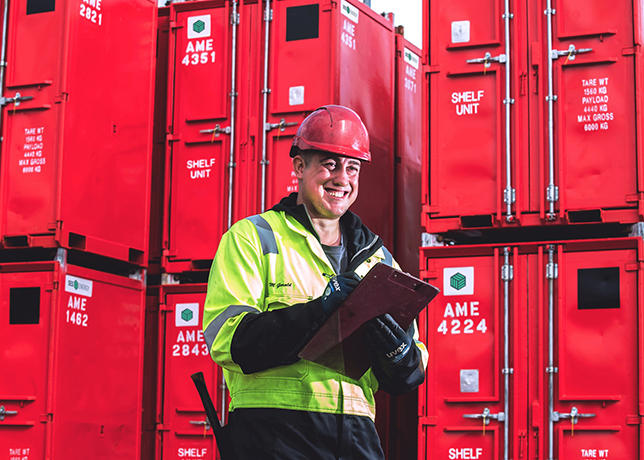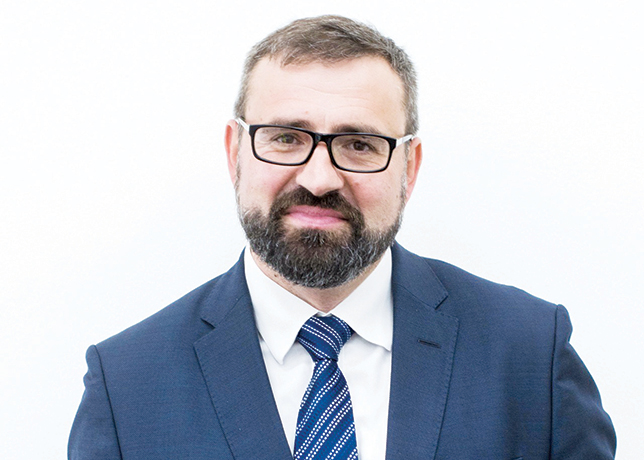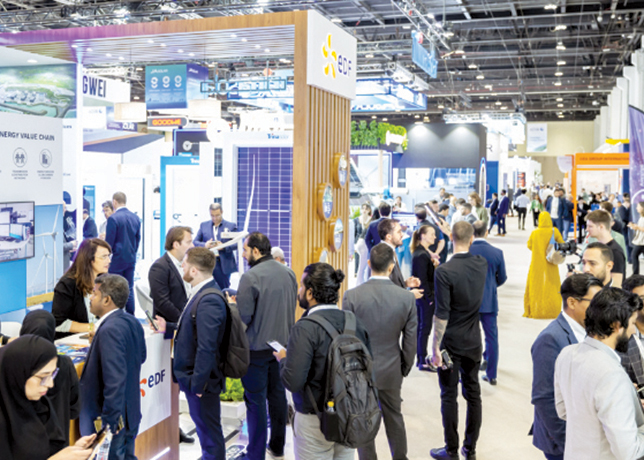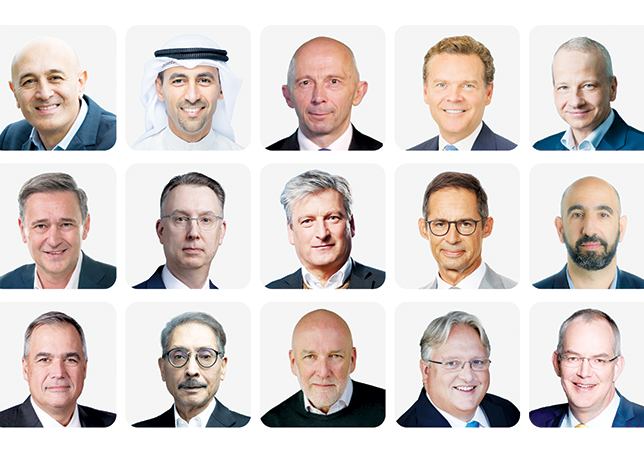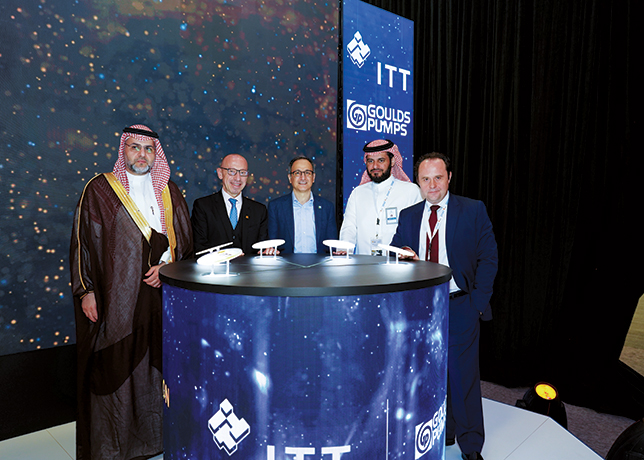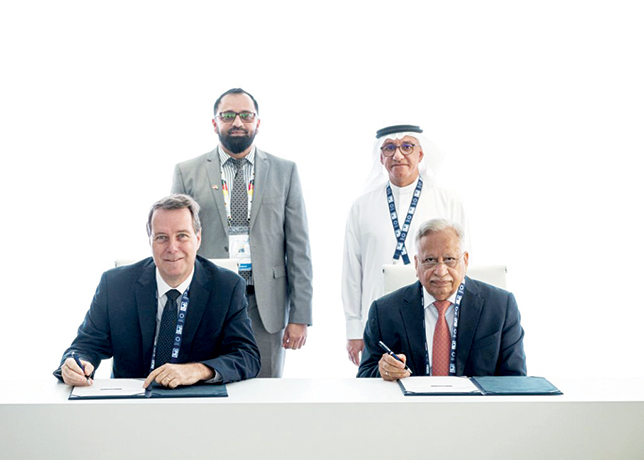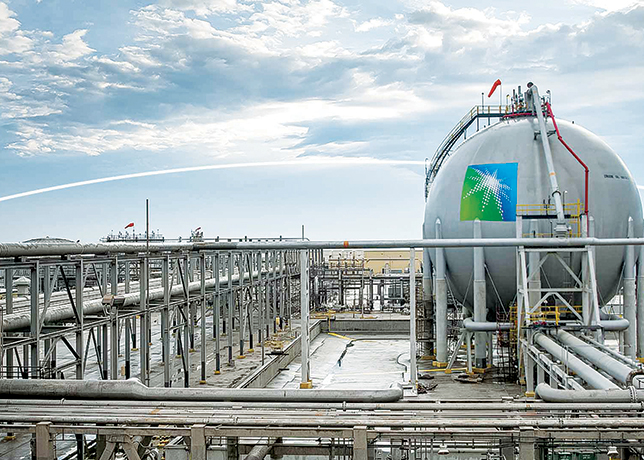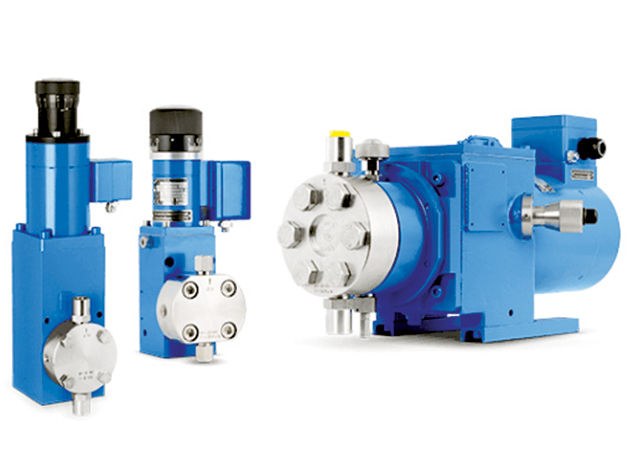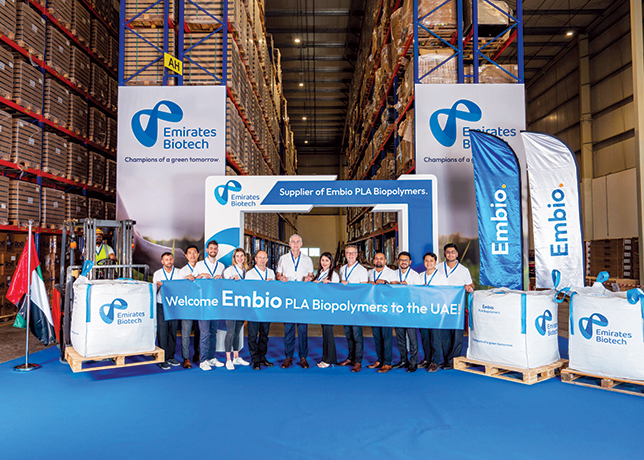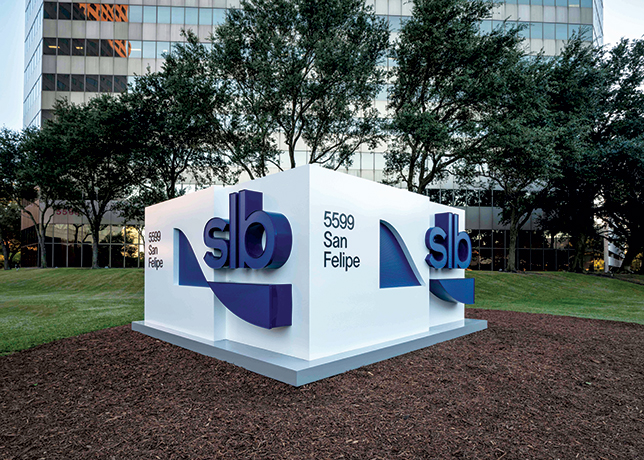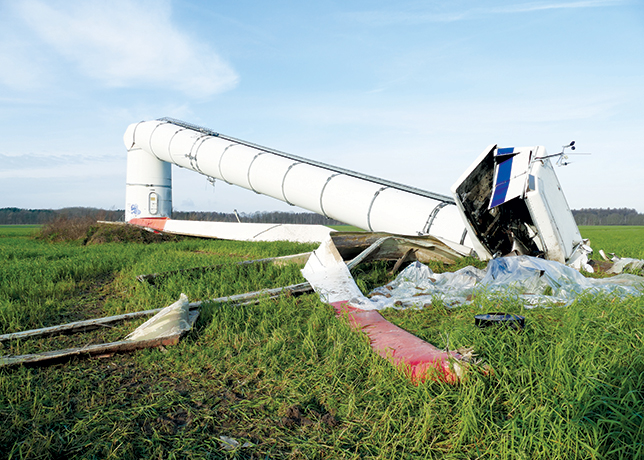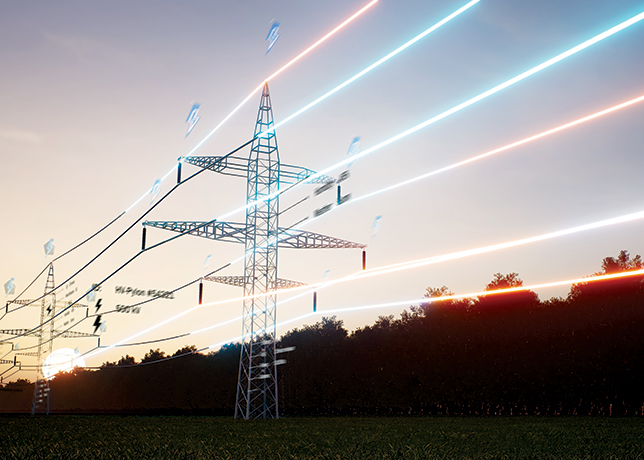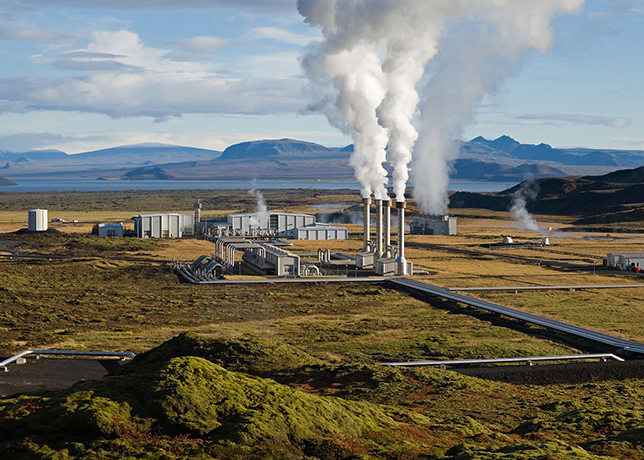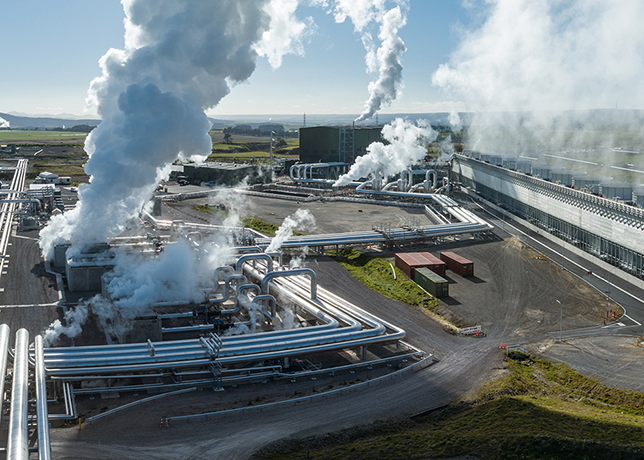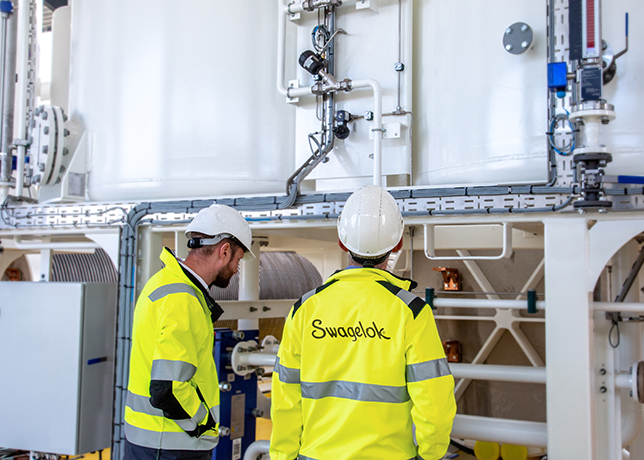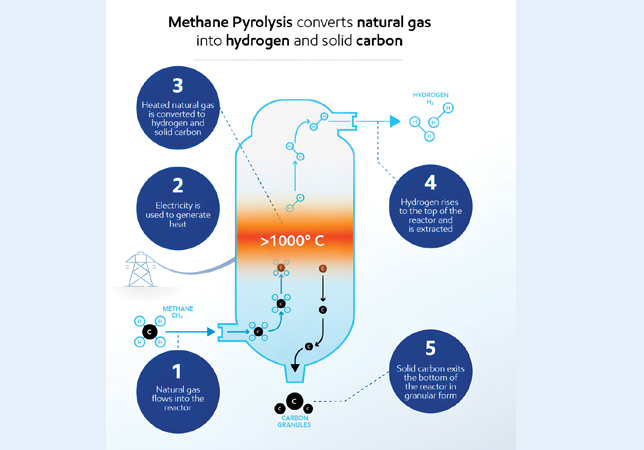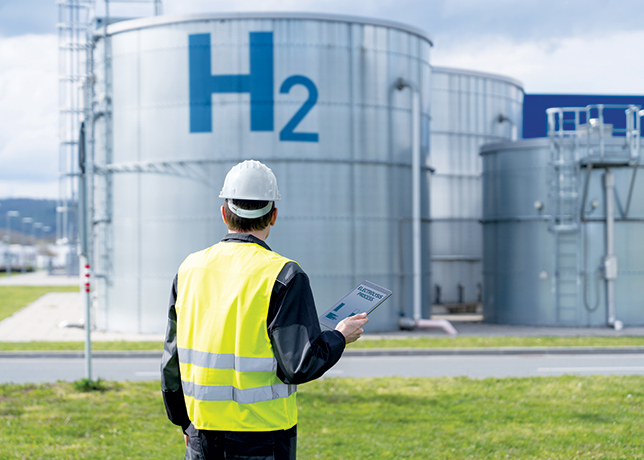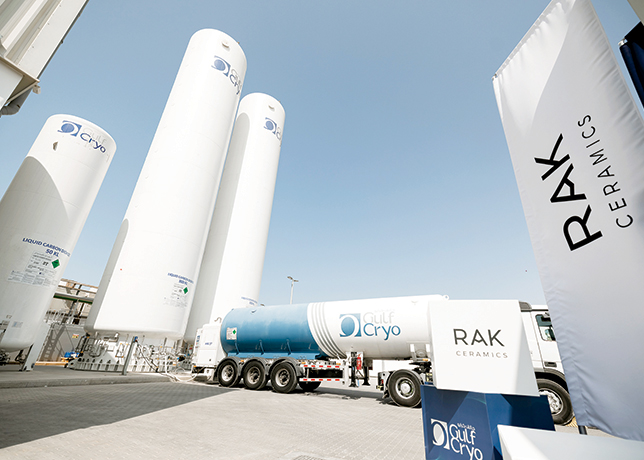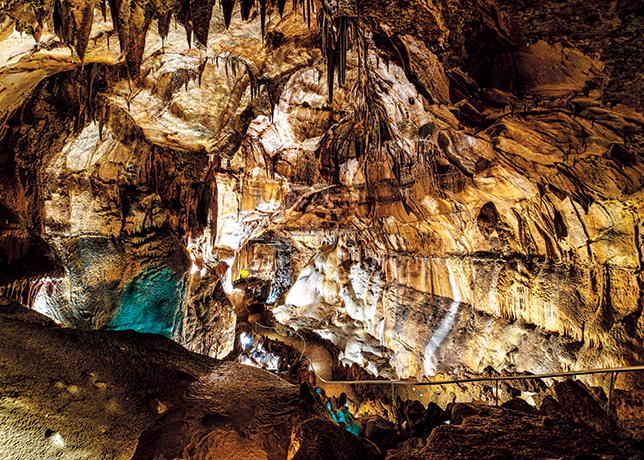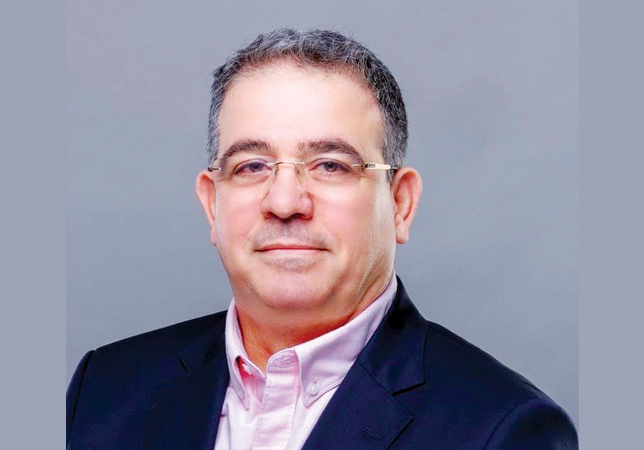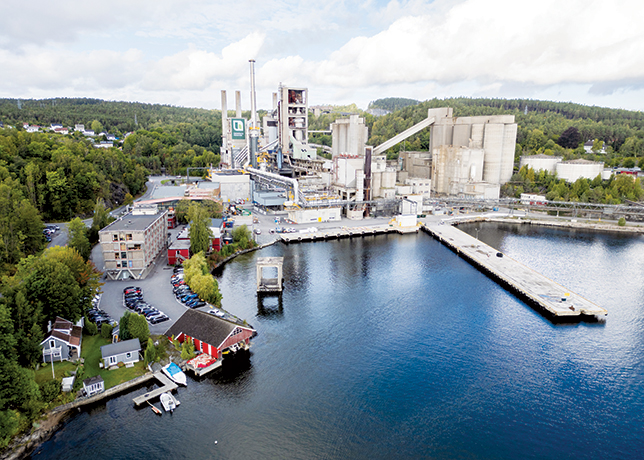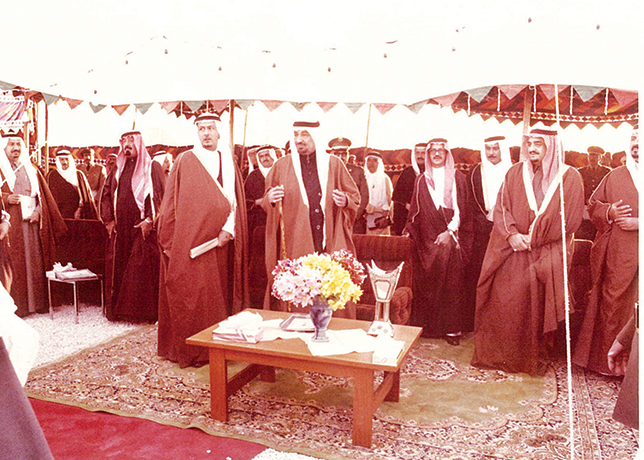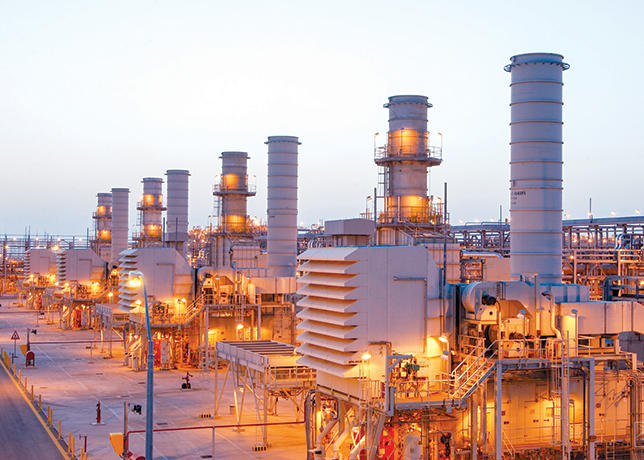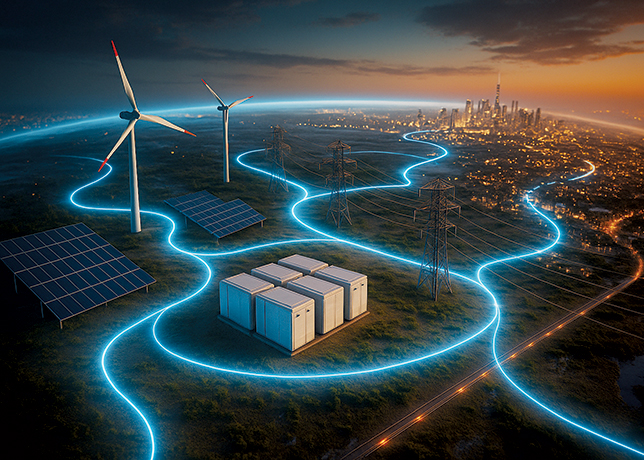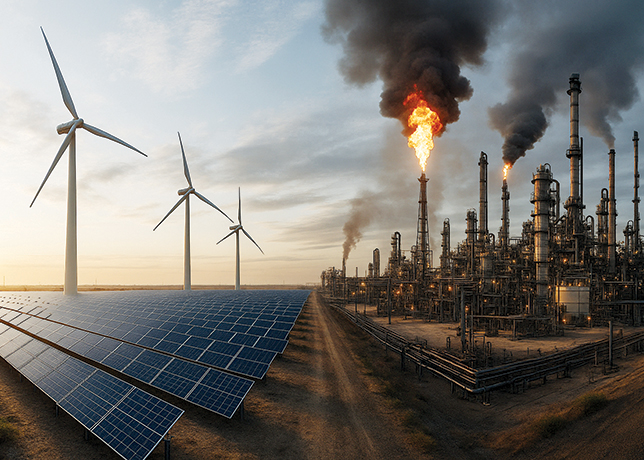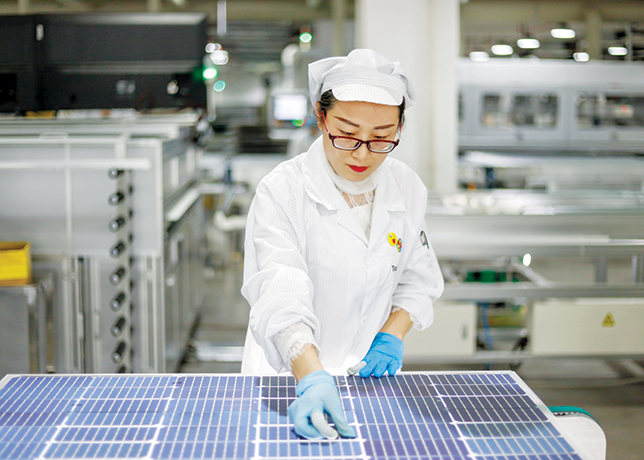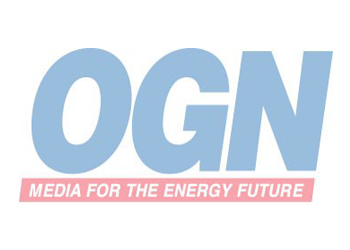

Saudi Arabia-based Alaa Industrial Equipment factory (AFI) has become a successful manufacture of super suckers (industrial loaders).
Alaa said it is the first company in the Middle East to manufacture such a product.
"It is a significant achievement for a Saudi company to manufacture such equipment that demands superior manufacturing process and technological know-how," AFI said.
The unit is manufactured in the company's Dammam manufacturing facility for Marafiq, the power and water utility company in Jubail, complying with strict requirements and specifications.
The success story for a local company is a boon to various local industries that are usually importing these units from the Western world.
Alaa Industrial Equipment factory is headquartered in Dammam with branches in Jeddah, Yanbu, Abha, Riyadh, Qassim, Hofuf, Tabuk, Jubail and Khodariya. The company specialises in industrial products and services such as hydraulics, pneumatics, transport equipment and manufacture of rubber rollers and mouldings.
The super suckers are used for sucking sludge, dry materials, such as sand, pebbles from long distance and deep pits. Such applications are not possible with normal vacuum tankers. These super suckers are superior to traditional units (sewage tankers) because of their much higher suction power. They use more powerful pumps and higher air capacity, and have a unique ability to handle and transport dry materials due to the incorporated filter system.
The present unit has a free air flow capacity of 9000 cubit metre per hour, which is 15 times higher than the traditional vacuum tankers. The unit also has a jetting system for cleaning purpose and uses a tipping system for unloading the materials.
The applications for such units include the following industries:
1. Cement Manufacturing:
• Recovery of raw material spills from primary crushers, conveyors, bucket elevators, storage hoppers.
• Recovery of spills from elevators and other material transfer points; recovery of clinker spills around clinker coolers and conveyors to and from storage.
• Recovery of cement spills from conveyors, elevators, basements.
• Cleaning out of silos and storage bins, dust control ducts, bag houses, wet mill sumps, flooded basements, catch basins and other plant drainage systems.
• Cleaning up of dust accumulation on building structure.
2. Chemical, Petrochemical and Petroleum Industries:
• Removal of catalyst from primary reformer tubes, secondary reformers, high-temperature and low temperature shift, converter and methanators.
• Synthesis converters and oxidation reactors.
• Removal of alumina support balls, porcelain or clay saddles and vandalium pentoxide from vessels.
• Removal of gypsum sludge from attack tanks and digesters.
• Cleaning out petroleum storage tanks, cooling towers, catch basins, drainage systems, pits, water treatment processes.
• Recovery of oil spills.
• Cleanup of coarse and fine dusty solid raw materials spills around grinding mills, conveyors and storage bins.
3. Processing Industries:
• Removal of dust from ducts, baghouses, on the dust collection systems and building structure.
• Removal of sludge from pits, thickeners and other separation devices.
• Wet or dry removal of filtering media from filters.
• Cleaning catch basin, drainage ditches and other settling pits.
• Cleaning up spills around rail car loading systems and railroad tracks.
• Removal of excess product from overloaded rail cars.
• Removal of accumulated dust from crane bridges, runways and other building structures.
• Cleaning of roaster, reverbatory furnace and converter stack flues, baghouses, electrostatic precipitators and spills from flue dust conveying systems.
4. Power Plants and Distribution:
• Cleaning all dead air space within boiler for maintenance and inspection.
• Removal of fly ash.
• Recovery of wet or dry materials.
• Cleaning of catch basins and other drainage systems.
• Removal of materials form cable trenches, condensers, transformer manholes, vaults and deep boxes.
• Removal of blow sand in desert substations.
5. Water and Sewage Treatment Industry:
• Removal of sand and other filtration media from filters or purifiers.
• Cleaning grit chambers, sludge pits, Imhoff tanks, digesters.
• Cleaning out sludge ponds.
• Cleaning catch basins and other settling pits.
6. Railway Works:
• Uncovering cables alongside railway lines without damaging the existing cables.
• Digging up the ballast at stations and shunting yards, tunnels, switches and crossings, road crossings, road cuts, and bridge decks.
7. Roof Works and Recondition:
• Removal of pebbles on rooftops by pneumatic conveyance.
• Putting new pebbles instead of blowing them on rooftops using airstream as transport media.
• Removing old roof parts or floors in ancient houses, buildings warehouse, as part of recondition works.
8. Difficult Excavating Works:
• Instead of using traditional excavating machinery, difficult jobs can be done by using pneumatic conveyance, especially where cables and underground piping etc make traditional excavating work difficult or even dangerous.








